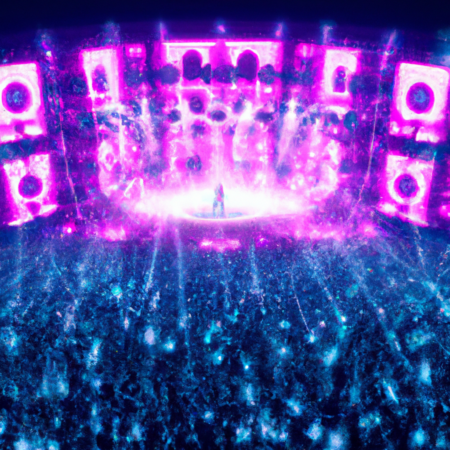Navigating Digital Nostalgia: How Retro Trends are Shaping 2025
As we delve deeper into the second quarter of 2025, the cultural landscape is increasingly influenced by a wave of digital nostalgia. This phenomenon isn’t just about reviving past aesthetics; it’s a complex interplay of technology, emotion, and cultural identity that shapes consumer behavior and drives market trends.
One of the most visible manifestations of this trend is the resurgence of 80s and 90s digital aesthetics in everything from fashion to video games. Major brands are integrating retro elements with modern technology, creating a hybrid that appeals both to nostalgia and a thirst for innovation.
The appeal of retro trends lies in their ability to evoke a sense of comfort and familiarity, crucial in today’s fast-paced digital world. However, it’s not just about looking back; it’s about reinterpreting these trends to fit contemporary needs. For instance, the gaming industry has seen a significant rise in the popularity of pixel art games, which combine old-school graphics with complex storytelling and modern gameplay mechanics.
Another key aspect of digital nostalgia is its impact on social media. Platforms like Instagram and TikTok have become arenas where retro aesthetics are mixed with modern-day content creation. Filters that mimic film photography or vintage video effects are popular among users seeking to add a touch of nostalgia to their digital interactions.
Furthermore, music is a potent carrier of nostalgia. Platforms like Spotify and Apple Music are featuring playlists that blend retro hits with new tracks inspired by past decades, facilitating a cross-generational bridge in music consumption.
In conclusion, as we navigate through 2025, digital nostalgia is not just about recreating the past but about molding it to serve new generational needs. This cultural phenomenon is shaping not only consumer preferences but also the strategies of global brands across various industries.






